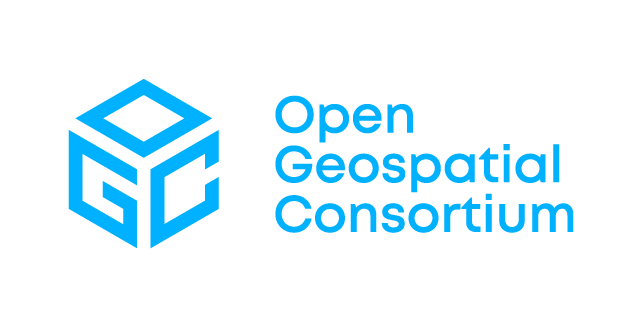Federated Marine Environment
The Complex Interface of Land & Sea
Data integration is particularly challenging for coastal environments
This is in part because the organisations that manage a country’s marine areas are often separate from those that manage its land. This has led to semantic and technical differences between the data and systems that they each create and maintain – differences that can run as deep as their geographical foundations.
Further to this, data concerning marine environments is also more expensive to collect, as it can mostly only be generated using sensors on-board slow-moving ships that are expensive to crew and operate, or sail drones that are cheaper to operate, but still move relatively slowly. This means that there is significantly less data concerning marine environments than there is for those on land.
So, while Digital Twins that straddle land and sea can be used to simulate “what if” scenarios that address many pressing questions concerning the changing climate and environment, we first need to build interoperability between the land- and sea-data that’s required to power them.
Solutions
OGC has been researching and developing solutions for interoperability in and across marine and coastal environments for over a decade. Recent initiatives undertaken by OGC’s Collaborative Solutions and Innovation (COSI) Program (formerly the OGC Innovation Program) include the Marine Spatial Data Infrastructure Concept Development Study, the Maritime Limits and Boundaries Pilot, the Arctic Spatial Data Pilot, and most recently, the multi-year Federated Marine Spatial Data Infrastructure (FMSDI) Pilot, which is currently in its fourth phase. Outcomes from these and other COSI Initiatives are freely available as OGC Engineering Reports, Standards, and other guides.
